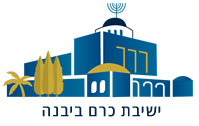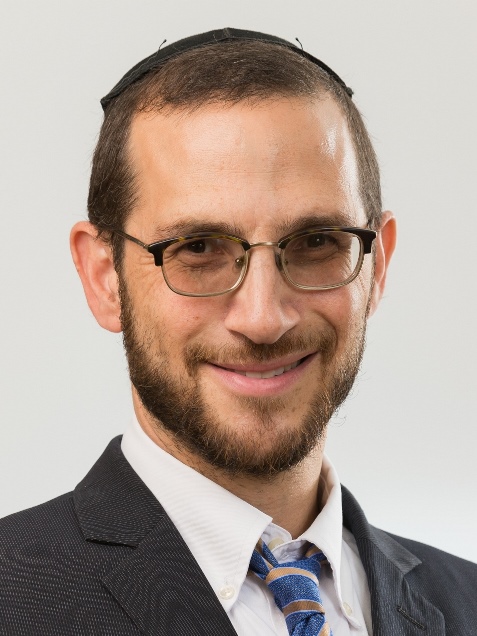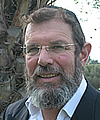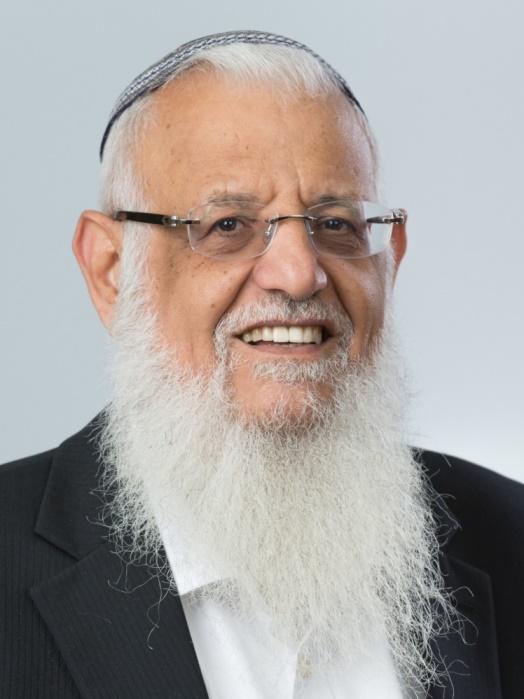Lessons From the Ten Plagues
הרב שלום רוזנר
In this week’s parsha we encounter seven of the 10 makkos. Several commentators have questioned why these specific makkos were selected, why this specific order and why did Pharaoh react differently, at times pleading with Moshe to terminate the makka, while on occasion, he seems to ignore the makka.
We will explore the thoughts of two achronim, the Or Hachaim Hakadosh and the Kli Yakar.
Or Hachaim: It is interesting to note that with respect to the first two makkos, Dam and Tzfardea, Pharaoh’s magicians were able to duplicate the makka. Yet, Pharaoh’s response to each makka differs. After the makka of Dam, Pharaoh returns to his palace, seemingly unconcerned. However, after the makka of Tzfardea, Pharoah begs Moshe to remove the frogs. Why did Pharaoh react differently to Tzfardea and implore that Moshe remove the frogs?
The Or Hachaim suggests that Pharaoh consistently requests Moshe’s intervention only when he feels his life is threatened. The makka of Dam was uncomfortable but not life threatening. The makka of Tzfardea was life threatening. Several rishonim explain that this included not only frogs but also allegators and crocodiles. Even if it was just frogs, they were all over and people began choking on them. Some frogs are poisonous as well. Due to the apparent threat on his life, Pharoah summoned Moshe to remove terminate the makka.
With respect to the third makka, Kinim, it was uncomfortable but not life threatening. Arov, where wild animals roamed the streets, was life threatening and so Pharaoh asks Moshe to remove them. Dever, the animals dying was not life threatening. S’chin afflicted the body but was not life- threatening Barad- fire and hail falling from the sky, with loud thunder and lightning was scary and dangerous and therefore Pharaoh once again seeks refuge and sympathy from Moshe. Arbeh – locust, was life threatening as they covered the sky and were everywhere. Choshech – darkness, was dangerous but we don’t see Pharaoh summoning Moshe, perhaps because he couldn’t move. Makkas Bechoros – is the final blow, where it was life threatening to his own children and so Pharoah demands that Moshe leave town. Once we examine each makka individually, we recognize the pattern – when Pharaoh fears for his life, he summons Moshe to cease the makka.
Kli Yakar: The Kli Yakar offers an explanation as to why in the Haggadah we group together the first three, second three and last four makkos - דצ"כ עד"ש, באח"ב. Citing the Abarbanel, he suggests that there were three cardinal areas where Pharoah was skeptical and doubted Hashem. First – with respect to God’s existence. Second, with respect to hashgacha pratis – divine providence. Third- with respect to God’s dominance over nature. Pharoah did not believe that Hashem could change nature, but rather than God was controlled by nature.
Each group of makkos was to counteract one of these fallacies. After the first makka, Hashem declares: בזאת תדע כי אני ה from these events will be revealed God’s existence. The assault in this group of makkos is on the nile which was worshipped as a God by the Egyptians. By turning the nile into blood was a direct attack on the item they deified. The frogs sprung forth from the nile as well, to show that their God cannot control what was transpiring. By kinim, Pharaoh’s magicians were unable to mimic the makka and admitted אצבע אלהים היא it was indeed an act of God. Therefore, the first group of makkos proved to Pharaoh that there in fact is a God!
To disprove the theory that there is no divine providence – God states after the fourth makka (the first in the second group of makkos) למען תדע כי אני ה בקרב הארץ – highlighting that Hashem is in fact active with respect to each individual as this group of makkos distinguished between the Jews and Egyptians. Arov and Dever, the wild animals and the dying animals occurred in Egypt but not in Goshen where the Jewish population resided. This is to highlight that Hashem can distinguish between individuals – there is divine providence. The third makka in this section, s’chin – boils first affected the magicians חרטומים and only afterwards the remaining Egyptians, again to emphasize that God can distinguish between each and every individual.
After the seventh makka (the first in the last group of makkos), Hashem states:ֲבעבור תדע שאין כמוני בכל הארץ - there is no other like Hashem in the land. Each makka illustrates how Hashem controls nature. During this group of makkos the sun, which was also worshipped by the Egyptians was covered (barad- hail; Arbe – locust; Choshech- darkness and Makkas Bechoros -death of first born). This exemplifies God’s dominance over nature. Hashem can cover the sun and create a situation that did not exist before or afterwards as it states with respect to the locust לֹא־הָ֨יָה כֵ֤ן אַרְבֶּה֙ כָּמֹ֔הוּ וְאַֽחֲרָ֖יו לֹ֥א יִֽהְיֶה־כֵּֽן
The Kli Yakar’s explanation enlightens us and clarifies why these specific makkos were selected and their respective order. It was all part of a divine plan to undermine the disbelievers and to portray Hashem’s greatness in all respects. May we recognize and appreciate the hand of God in our daily lives!
קוד השיעור: 9239
לשליחת שאלה או הארה בנוגע לשיעור:



.jpg)

